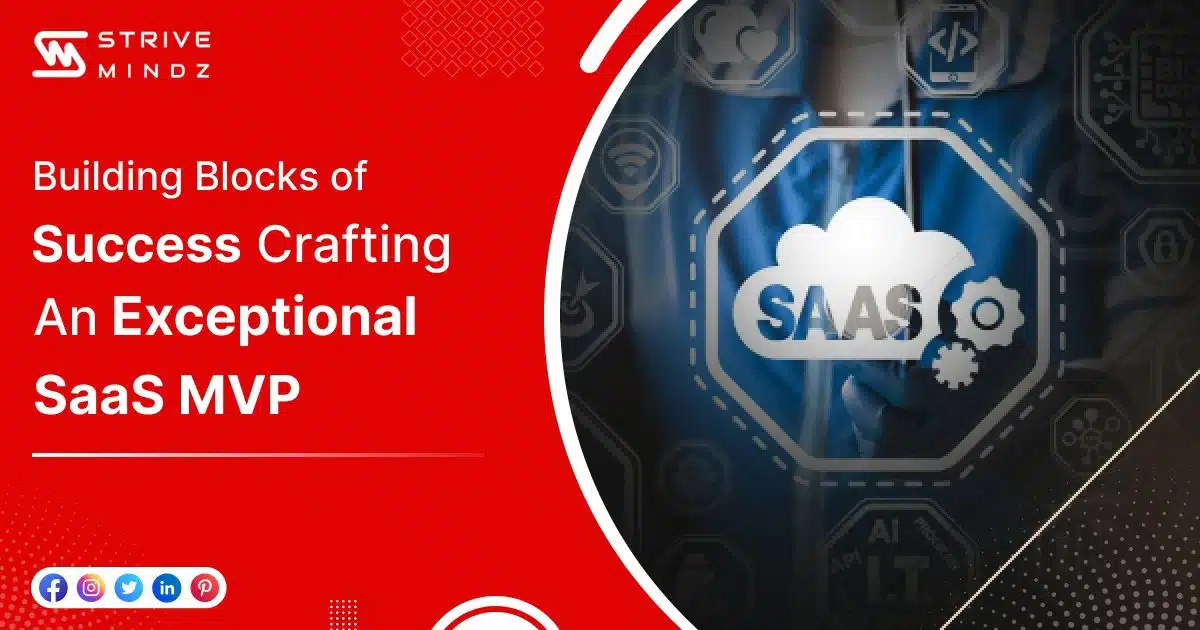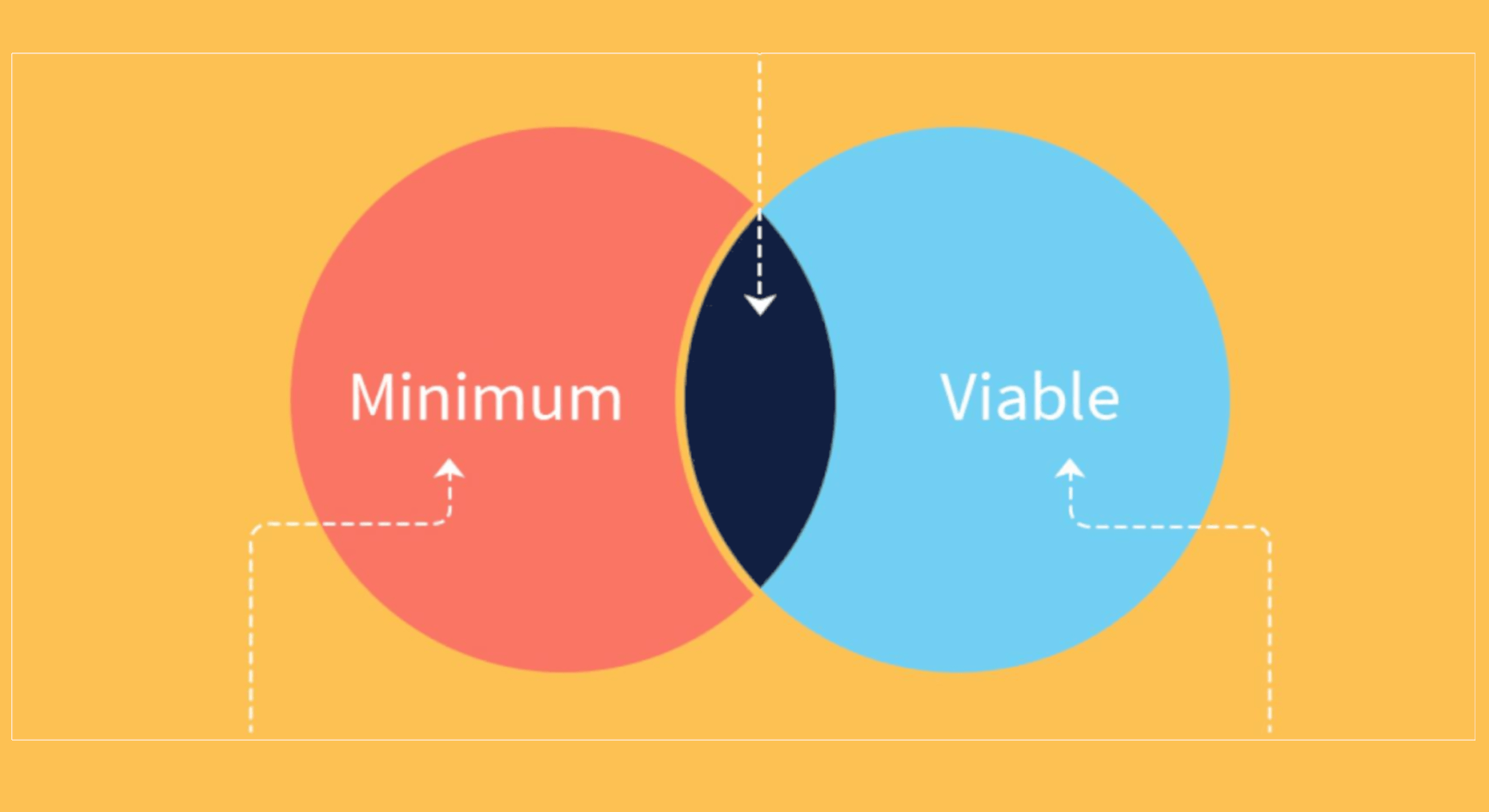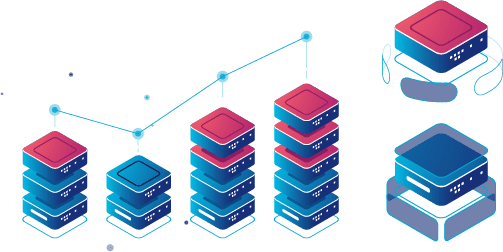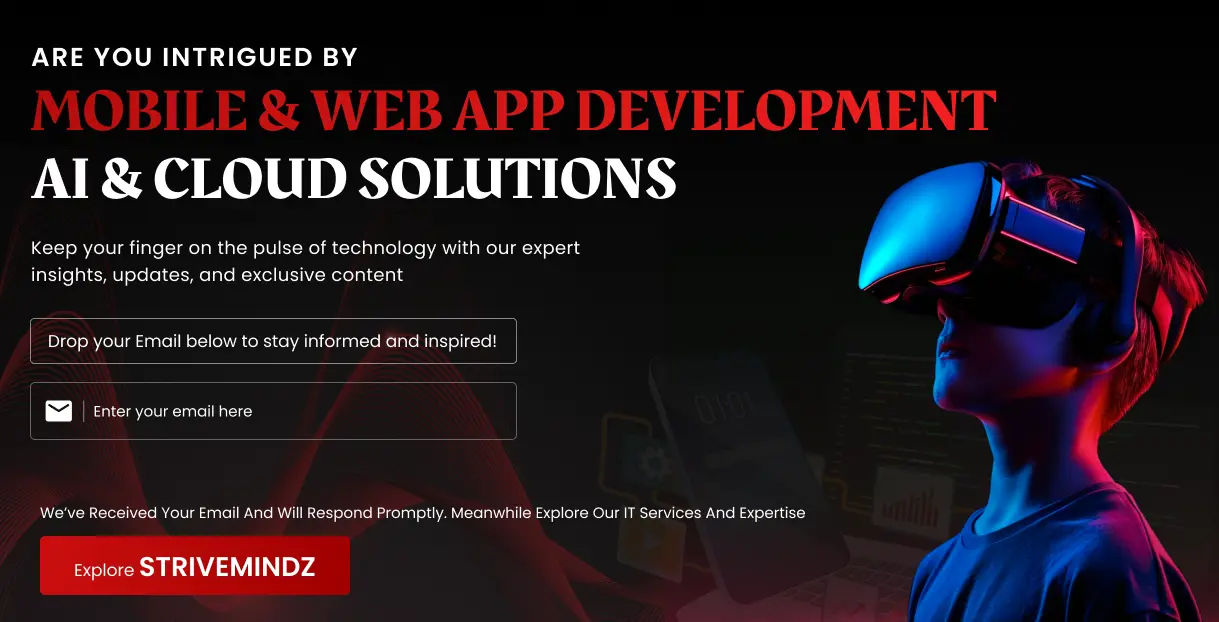Building Blocks of Success Crafting an Exceptional SaaS MVP

In developing a software-as-a-service (SaaS) startup, your Minimum Viable Product (MVP) is the foundation of your success. With so many SaaS offerings saturating the market, it is essential to build an MVP that stands out and delivers value to your target audience. Crafting an exceptional SaaS MVP requires a deep understanding of your users, their pain points and how your offering solves their problems.
In this article, we’ll explore the building blocks of success for building an exceptional SaaS MVP, including defining your MVP, identifying your target audience, prioritizing features, testing and validating your MVP, iterating based on user feedback and measuring success.
The Concept of MVP
A Minimum Viable Product (MVP) is the foundational version of a software product that is developed with the bare minimum set of features that solves the customer’s problem. In the SaaS industry, an MVP is crucial for startups as it helps them validate their idea, reduce costs and test their product with real users before developing a full-fledged product. An MVP approach allows companies to launch a product faster and revise it based on user feedback. However, it comes with the downside of a limited feature set and may not meet the needs of all users.
Why MVP Matters in SaaS Development
The importance of MVP in SaaS development cannot be overstated. It is a crucial step in the product development process that allows you to test your idea in a real-world scenario without the need to build a fully functional product. By creating an MVP, you can quickly gather feedback from your target audience, incorporate it into your product development roadmap, and fine-tune your offering to meet their specific needs.
Benefits of Developing an MVP
The benefits of developing an MVP are numerous. Firstly, it can help you validate your product idea, reducing the time and cost of development. This is because you can test your idea with a smaller investment, and if it doesn’t work out, you can pivot without having invested too much time and money. Additionally, an MVP can help you attract early adopters, build a user base, and create buzz around your product.
Key Features for Crafting a Valuable MVP
-
Defining Your Product Vision
Before you start building your MVP, it’s essential to have a clear product vision. This includes defining your goals, target audience, and unique selling proposition. This vision will guide you in selecting the core features that will be included in your MVP.
-
Understanding Your Target Audience
Identifying your target audience and their pain points is a crucial step before crafting an exceptional SaaS MVP. Startups should conduct market research to identify their ideal customers, their needs and behavior. Understanding the customers’ pain points can help develop a product that solves their problems and provides a better user experience. By knowing your target audience, startups can tailor their MVP to the needs of their customers and therefore, increase the chances of success.
-
Defining User Personas
User personas are fictional representations of your ideal customers. They help you understand their motivations, goal and behaviors. Defining user personas can also help you align user needs with business goals.
-
Aligning User Needs with Business Goals
Startups should brainstorm and prioritize features that align with their target audience’s real requirements and develop a unique value proposition and differentiators. A feature list helps startups focus on the most critical features, which can later be expanded upon to create a more comprehensive product offering.
-
Strategic Road Mapping
Prioritizing the features and functionalities to develop your MVP roadmap is essential for a successful MVP launch. A clear roadmap helps startups focus on the key features and functionalities that are required for their MVP launch while providing a clear timeline for future development. Using the Kano model, startups can prioritize features that are essential, performance-enhancing, or just delightful for users.
-
Leveraging Customer Feedback to Improve Your MVP
Testing and validating your SaaS MVP with potential customers is necessary to ensure the product meets user needs and expectations. User testing helps identify what works and what doesn’t work, where users struggle and what can be improved. Getting feedback from potential customers is critical in refining the MVP before the official launch.
-
Importance of Customer Feedback
Iterating and refining your MVP based on user feedback is a salient step in creating an exceptional MVP. Startups should analyze user feedback and incorporate it into their product development process. Prioritizing feedback helps make informed decisions on what changes to incorporate in order to improve the product. Continuous iterations and refinements are crucial for product growth and success.
Choosing the Right Technology Stack
Technology Stack Considerations for SaaS MVP
- Scalability: When building an MVP, scalability should be a key consideration. You want a stack that can grow with your product and handle an increase in traffic and users.
- Security: Data security is important for any SaaS product. The technology stack you choose should have robust security protocols and features to ensure the safety of your users’ data.
- Cost: Building an MVP can be expensive, so it’s important to consider the cost of the technology stack you choose. Open-source options can be cost-effective but may require more development time.
- Integration: The technology stack you choose should be able to integrate with other tools and services that you’ll need to use to run your SaaS product.
Read Also: Top 10 Emerging Advanced Technology Trends in 2023
Key Factors to Consider When Choosing a Technology Stack
- Skillset: Consider the skills of your development team when choosing a technology stack. If the team is more experienced in certain technologies, it may be easier and faster to build on them.
- Flexibility: Choose a stack that is flexible and can adapt to future changes and new features you plan to add.
- Community Support: The technology stack you choose should have an active community of users and developers who can offer support and guidance.
Popular Technology Stacks for SaaS MVPs
- Ruby on Rails: It is a popular choice for building SaaS MVPs. It’s a flexible and scalable framework, and there are many resources available in the Ruby community.
- Node.js: a popular choice for backend development. It’s fast, scalable, and can handle a high volume of traffic.
- React.js: React.js is a popular choice for front-end development. It’s fast and flexible and can help build complex user interfaces.
Strategies for Launching and Testing Your MVP
Preparing for Launch
- Define your target audience: Understand who your target audience is and what their pain points are.
- Develop a go-to-market strategy: Plan how you’ll reach your target audience and generate buzz for your MVP.
- Set goals and metrics: Define what success looks like for your MVP and set measurable goals.
Testing Your MVP
- Conduct user testing: Test your MVP with real users to get feedback and identify areas for improvement.
- Iterate: Use the feedback you receive from users to iterate and improve your MVP.
- Beta testing: Conduct a beta testing phase to test your MVP with a larger group of users and gain more valuable feedback.
Best Practices for Launching Your MVP
- Start small: Launch a small group of users first to test your product and get feedback before scaling up.
- Leverage social media: Use social media to generate buzz for your MVP and reach your target audience.
- Monitor metrics: Track your metrics and adjust your strategy as needed based on performance.
Scaling Your MVP into a Fully Featured SaaS Product
Metrics for Evaluating MVP Success
- User engagement: Measure how engaged your users are with your product, such as how often they use it and how long they stay on the platform.
- Conversion rates: Measure the rate at which users are converting from free to paid users.
- Churn rate: Measure how many users are cancelling their subscription or leaving your platform.
Scaling Your MVP
- Determine what features to add: Based on user feedback and metrics, identify what features to add to your MVP to make it a fully featured SaaS product.
- Upgrade infrastructure: Ensure your infrastructure can handle the increased traffic and users.
- Add customer support: As your user base grows, add customer support to ensure their needs are met.
- Hiring: Consider hiring more development, sales, and customer support personnel to handle the increased workload.
- Marketing: Develop a marketing strategy to reach and attract new users.
- Pricing: Determine the right pricing strategy for your fully featured SaaS product, based on user expectations and competitor pricing.
Summing Up
In conclusion, building an exceptional SaaS MVP requires careful planning, strategic thinking and continuous iteration. By following the building blocks outlined in this article, you can create an MVP that aligns with your business goals, addresses user needs and validates your product idea. Remember to prioritize customer feedback, choose the right technology stack and utilize testing and scaling strategies to ensure the success of your MVP. With these tips and best practices in mind, you can launch your MVP with confidence and pave the way for a successful SaaS product.



